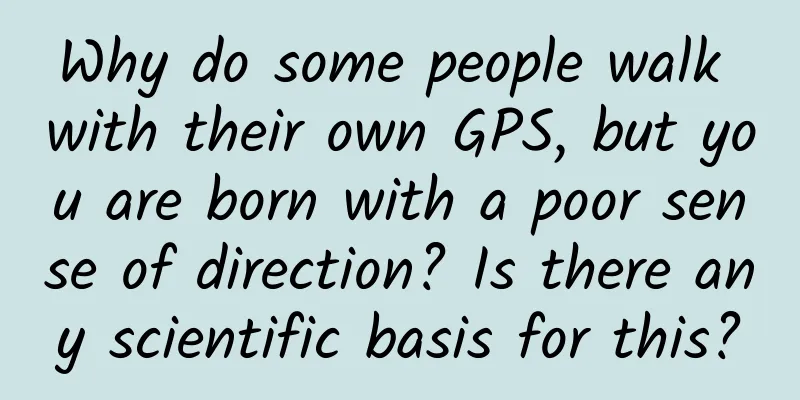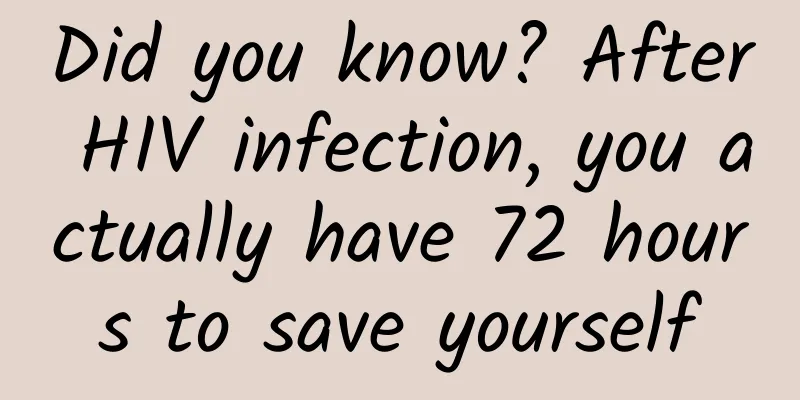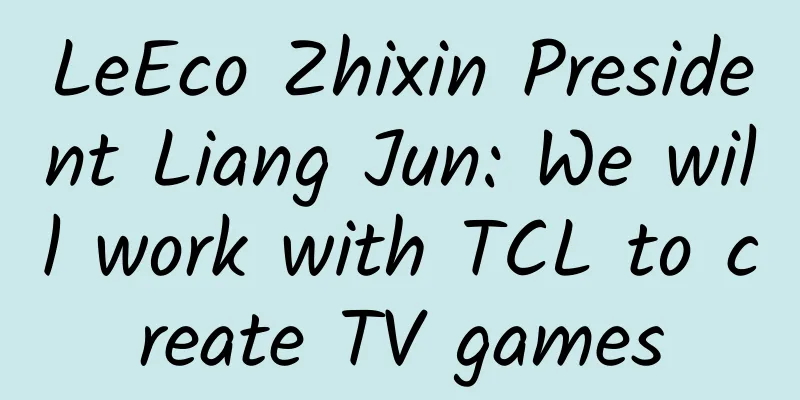Why do some people walk with their own GPS, but you are born with a poor sense of direction? Is there any scientific basis for this?

|
© Getty Images/iStockphoto/Thinkstock/Robert Adrian Hillman Leviathan Press: If I think about it carefully, when I go to a strange place, my brain seems to rely mainly on image memory: a store on the street, a bridge, a road sign, a school... In short, if I go there again, I will recognize it visually. However, while remembering the image, there is obviously a kind of spatial orientation construction in the brain: this feeling is very much like a map (and similar to the third perspective in the game). Today's article gave me a lot of inspiration. In the future, I should also exercise my ability to locate space without looking at the mobile phone navigation. After all, more skills are better. Besides, why not let the brain make some new adaptive adjustments? In addition, let me make a bold guess: is this stereotype about women's poor spatial navigation ability related to the early hunting and gathering period, when men were responsible for going out hunting and women were responsible for gathering? Ralph Street loved maps. As his name suggests, Street studied geographic studies and urban planning. Before that, his parents often took him to orienteering, a sport that requires the use of topographic maps and a compass. “I can’t really remember anything before orienteering,” Streeter recalls. “My parents took me to orienteering competitions in my first week.” © International Orienteering Federation Street calls this free training, as he now competes internationally as an orienteer in Oslo, Norway. These remarkable skills are useful in everyday life, too. Street remembers a childhood trip from London to Glasgow with friends, who recognized his talent for finding their way around unfamiliar cities and respected him. In general, he tries to be diplomatic when he disagrees with others about the correct route: “I’m usually right, but… maybe we’ll do it their way first and then find out they’re wrong.” Other orienteers also report better than average spatial memory[1]. But competitive orienteers have an unusually high amount of opportunity to practice navigation. In fact, the latest neuroscience and psychology research suggests there are many ways that ordinary people can improve their spatial orientation skills. Why some people are better at moving around As Streeter showed when he started orienteering at age 9, childhood experiences shape people’s confidence in navigation. It’s important for children to have opportunities to move independently in a variety of environments. “Experiments with nonhuman animals have shown that passive locomotion isn’t very good because you’re essentially not paying attention,” said Nora Newcombe, a professor of psychology at Temple University in Philadelphia. © Prague Experience People who grow up outside of cities or in cities with greater spatial complexity (think Prague rather than Chicago) appear to be better at navigating as adults [2]. This is related to the distances traveled and the diversity of the areas traversed. Even among adults, “we do have good evidence that those who move more widely in their environment” have better spatial orientation skills, Newcomb says. Simply commuting between home and work isn’t the answer. In many societies, women have limited opportunities to practice navigational skills, which is thought to be a key reason why women are naturally less able to navigate than men.[3] Women also sometimes view themselves as less capable than men at navigation, even when they perform equally well in studies, partly because of gender stereotypes.[4] (Older men are the group most likely to overestimate their navigational abilities.) © HuffPost Overall, gender inequality is associated with gender differences in navigation ability.[5] This points to a role for culture in creating (or the perception of) these differences. “People tend to overestimate the effects of gender, and they tend to assume that the effects of gender are somehow independent of cultural factors,” says Pablo Fernandez-Velasco, a philosopher and cognitive scientist at the University of York and University College London. In fact, anthropological research shows that gender differences in orientation ability disappear in more gender-equal societies. A relevant study comes from 2019[6], which studied the Mbendjele BaYaka people in the Republic of Congo, who hunt and gather food in the rainforest without using tools such as maps or compasses. The study participants performed very well overall on tests of pointing accuracy, with no differences between men and women. The scientists attributed this to the similar distances (and spatial experience) that men and women in this society traveled. Haneul Jang, a researcher at the Max Planck Institute for Evolutionary Anthropology in Leipzig, Germany, recalled a yam-picking trip with BaYaka women when the two strayed from the main group and ended up lost in the forest. Jang's GPS couldn't help find the trail, but her BaYaka companions "looked up at the sun, started walking in one direction, and before long we found a trail." Using GPS to navigate can also lead to dependence on the device. © Getty Images Gender also has cultural influences on whether women are steered into certain careers where navigation is crucial. Using pointing and model-building tests, Newcomb’s research found that experienced geologists had higher orientation skills than equally experienced psychologists.[7] This connection to the science, technology, engineering, and medical (STEM) fields dovetails with what Streeter has noticed: many orienteering athletes end up in fields such as engineering, mathematics, and physics (he works in IT). Correlated with education is income and privilege. Global studies show that a country's GDP per capita is correlated with average orientation ability. How the brain processes orientation How does all this work in the brain? One factor is cognitive maps, which are essentially mental models of space[8]. Researchers are still debating the model of cognitive maps: for example, whether humans create maps in their brains to navigate, or images in their brains[9]. “The ‘map theory’ basically says that we’re trying to fit new information into an overarching general framework, whereas the ‘image theory’ says that we can’t actually do that unless we attach the new information to a node in the image,” Newcomb says. It may seem like a very academic distinction, but “it affects how we think about whether people can combine local spaces and infer new routes that they know very little about,” she explains. Cognitive maps are believed to be located in the hippocampus, an area of the brain associated with memory. Neuroscience research suggests that structures surrounding the hippocampus also play a key role in orientation. For example, the entorhinal region has been described as the location of “goal direction signals”[10]. In addition to knowing which direction you are facing and the location of your destination, being able to recognize permanent landmarks is crucial for good navigation. This ability to recognize stable landmarks is associated with activity in the retrosplenial cortex (part of the brain’s cingulate cortex) [11]. © Tenor The brains of highly skilled navigators are different from those of others. One of the most famous examples comes from London taxi drivers, who take years to master the skill that is revered as “knowledge.” The brains of these drivers show growth in the hippocampus. While there are various orientation and direction tests, there are currently no psychologically standardized tests for navigation skills, especially in a cross-cultural context. There are major research gaps in how certain cultures view and convey information about navigation, let alone how to assess these skills in some standardized way. “Traditional tests are like virtual mazes,” Fernández-Velasco says, which don’t necessarily fit the way wayfinding works in different contexts and cultures. For example, Western navigation tends to favor visual cues, but some cultures place more emphasis on cues based on smell, hearing, or other senses. “It’s hard to capture all of that with the same test, especially since the same tests tend to be very biased toward what we consider good navigation in a Western urban context.” Fernández-Velasco said there are still many important issues to be addressed in positioning research in order to improve the overall state of knowledge and help preserve navigation skills that are at risk of disappearing, such as wave piloting knowledge in the Marshall Islands, including "how to work with local collaborators" and "think about decolonial knowledge systems." How to Become a Good Pilot Misconceptions about human orientation abound. “A common misconception is that you don’t think you can improve [navigation skills],” Newcomb says. Fernandez-Velasco agrees: Even though adults’ brains are less plastic, they can still learn these skills. Newcomb also worries that people think navigational skills don't matter in the age of GPS. Phone batteries can die and systems can go awry, as one person who followed GPS advice and drove his car into water demonstrated. Stick charts are a tool used by Marshall Islanders for boating navigation in the Pacific Ocean near Hawaii. These charts represent the main ocean swell patterns and the ways in which islands disrupt these patterns, usually determined by the islanders' perception of the swell disturbances during sea navigation. Most stick charts are made from the midrib of coconut leaves, which are tied together to form an open frame. Island locations are represented by shells tied to the frame, or by the tie points of two or more sticks. The lines represent ocean surface wave crests and their directions as they approach islands, and the directions in which they encounter other similar crests caused by swells. Since each stick chart varied greatly in form and interpretation, the navigator who created the stick chart was the only one who could fully interpret and use it. As new electronic technology made navigation easier after World War II, and canoe travel between islands declined, the tradition of using stick charts died out after the war. © wikipedia Navigational aids such as maps, compasses, petroglyphs, and stick charts are various types of “cognitive tools”[12]—useful in many situations, but they can lead to dependency. “When you use a cognitive tool, you are transferring your cognitive abilities to that cognitive tool,” especially GPS, Fernández-Velasco says, “and that in itself can have some negative effects on your navigation abilities.” People can train themselves to better pay attention to environmental cues, such as wind, sun and slope, in both rural and urban settings. "There are cues that a lot of people don't notice," Newcomb says. Activities like sailing and Boy Scouts can help. Street encourages people to join a local orienteering club. © Visit Wagga Wagga Not everyone has the resources or access to participate in these activities, but there are principles that can be put into practice while taking a walk or driving a car. First, improving navigation requires changing our relationship to risk. "A lot of people don't want to explore because they're afraid, " Newcomb says. "A lot of adults have a fair degree of spatial anxiety. Basically, they don't want to waste time, but they're also afraid something bad will happen." In this vicious cycle, anxiety makes navigation worse because it takes up the mental space needed for spatial tasks. "In a laboratory setting, if you make people anxious, their navigation seems to deteriorate," Newcomb said. However, in safe situations, getting lost occasionally can be beneficial for our overall sense of direction. While cultural differences make it difficult to offer universal tips for improved navigation, in general, “the more you move around, especially in slightly challenging ways, the better you’ll get at navigating,” Fernández-Velasco said. “Part of the reason for this is that people who are not good at navigating sometimes don’t feel confident, so this negative feedback can occur.” For those who can't find their way without a cellphone GPS, there are still ways to improve and practice spatial orientation skills. Streeter says don't let Google Maps always dictate your route. Change your phone settings when possible, Newcomb advises. Many apps default to "going straight wherever you're going, which is a terrible way to learn. I'm all for keeping north at the top at all times." Also, "keep zooming in and out so you can see both the granular information you need for navigation and landmarks." Getting optimal sleep may also help. One global study found that, for participants aged 54 years and older, 7 hours of sleep per night was associated with optimal performance in a navigation game.[13] So while an orienteer in Norway and a hunter-gatherer in the Republic of Congo may have different ways of dealing with their environment, the good news is that they — and you — can continue to hone this skill throughout their lives. By Christine Ro Translated by tamiya2 Proofreading/tim This article is based on the Creative Commons License (BY-NC) and is published by tamiya2 on Leviathan The article only reflects the author's views and does not necessarily represent the position of Leviathan |
Recommend
Download the txt version of Cold Reading, download the pdf version of Cold Reading from Baidu Netdisk
Cold Reading Book List Introduction Introduction ...
How powerful is the first-class carcinogen that infects half of the Chinese people? Do these 3 things to prevent it
Oops, I had a test today and it said I’m positive...
How do Tmall and Pinduoduo promote their activities during the 618 shopping festival?
The largest 618 battle in history officially star...
Google's powerful Android UI toolkit dominates Github, here's a guide to getting started
In 2019, Google publicly released a non-bundled t...
Millions of IPs create science and technology talents to strengthen the country丨The development of engine technology in the new energy field helps the industry's green transformation
As the most widely used power machinery with the ...
Studio-grade recording quality RAZER Magic Siren Microphone
CARLSBAD, Calif., December 11, 2014 – Razer™, a w...
New hope for the shortage of donor organs! Chinese scientists regenerate human mid-term kidneys in pigs
On September 7, a research team from the Guangzho...
How can Microsoft Windows 9 avoid repeating the mistakes of Windows 8?
It is said that Microsoft will release the latest...
The latest news on the Chengdu epidemic in 2022: What are the risk areas now? When will the epidemic end?
During the Qingming Festival, Chengdu was on the h...
2018 China Education Industry Promotion Trend Analysis Report!
As the saying goes, "You never stop learning...
Qiku phones are waiting for third-party apps to be pre-installed, free of charge
[[135168]] Zhou Hongyi said not long ago that he w...
Why is critical thinking important?
Every day, we are exposed to a lot of information...
Why are there so many different flight configurations for helicopters? What are their characteristics?
Compared with fixed-wing aircraft, helicopters ca...









